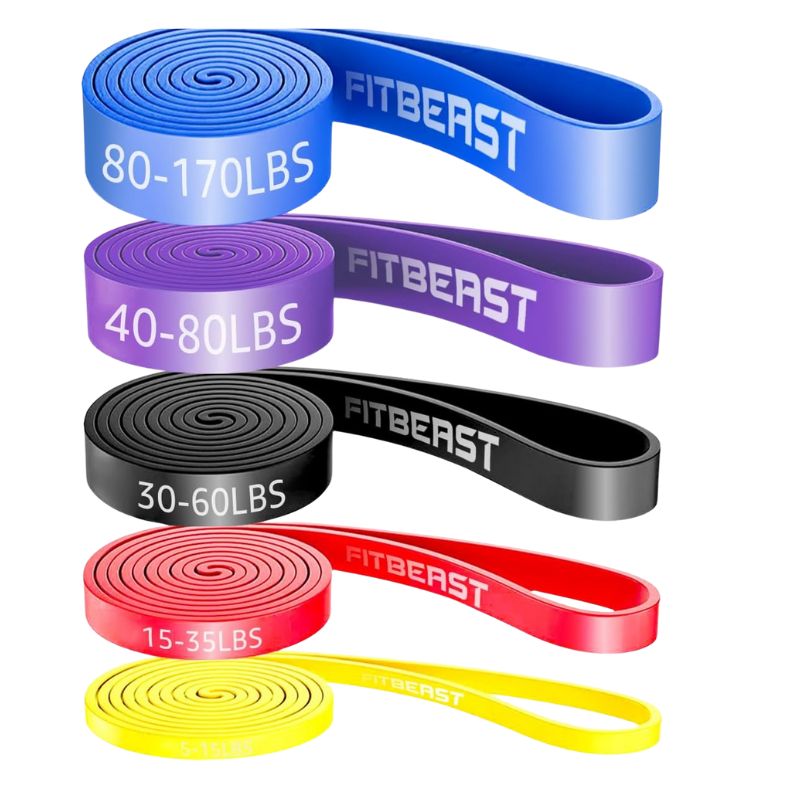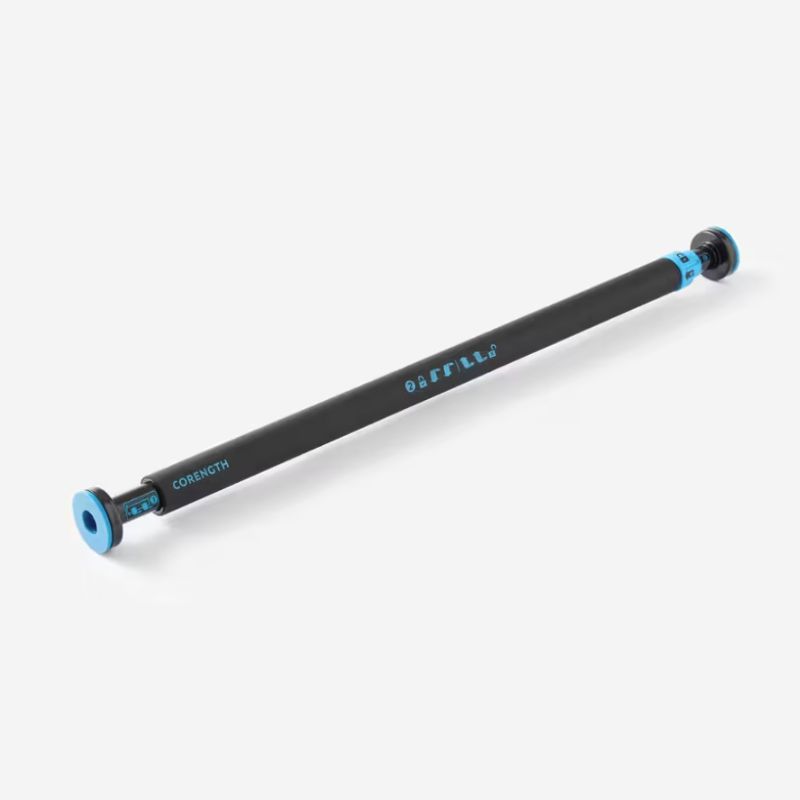I did callisthenics for beginners - trust me, these 6 moves are the easiest way to get stronger quickly
Callisthenics is a sustainable and beginner-friendly workout that uses your bodyweight for resistance, building endurance, strength, and flexibility quickly
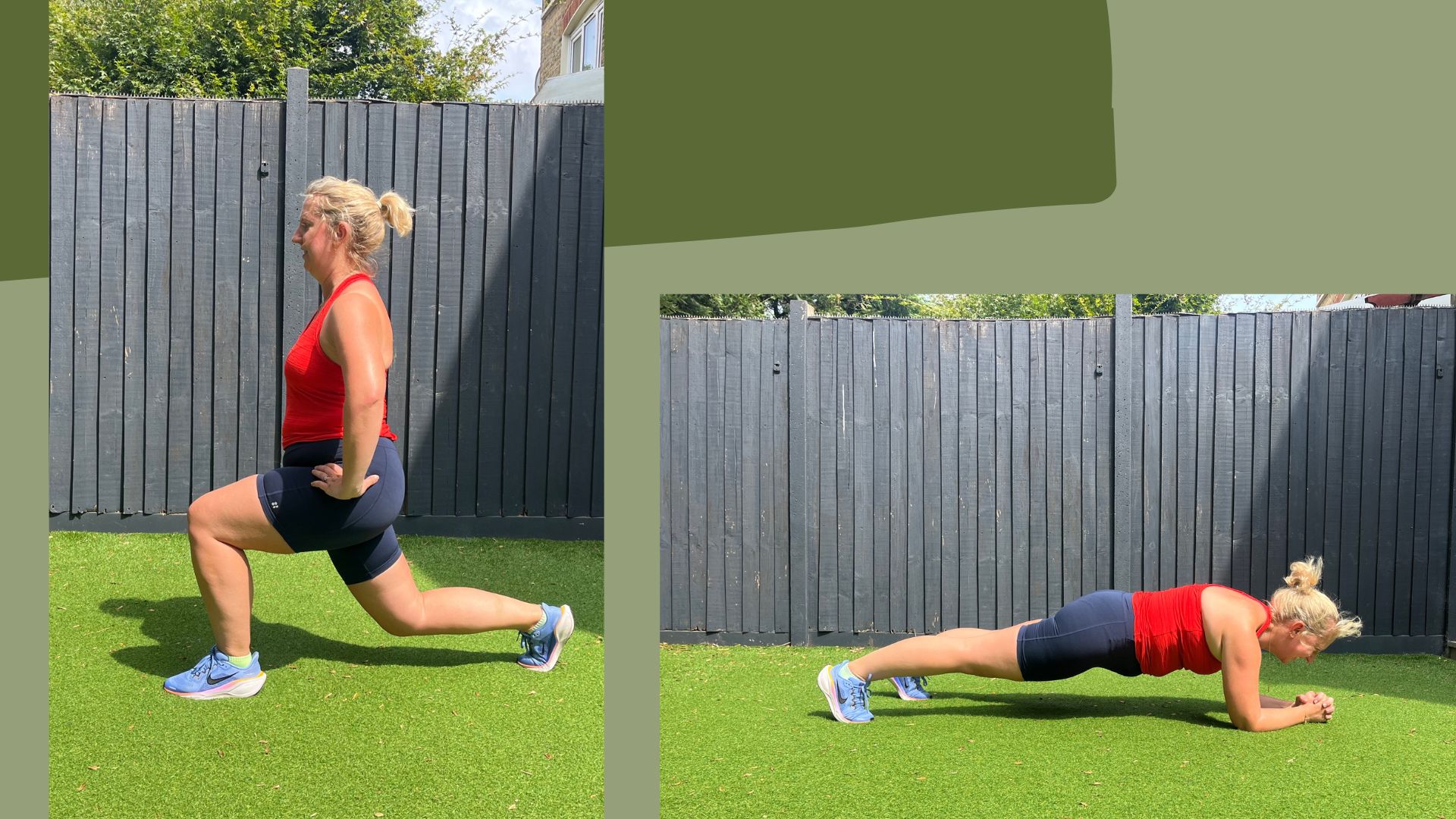

Grace Walsh
When I first spoke to a friend about callisthenics, I figured there was no way I could do it. All I'd seen about the workout on social media was muscled men and women doing handstands and an almost excessive number of pull-ups. Absolutely not for me.
After talking it through with her, I realised that's an elite level of the workout. Thinking you have to do a handstand to do callisthenics is like thinking you have to lift your own bodyweight above your head to do strength training. There are levels.
In that same conversation, I realised I'd been doing elements of the workout for years. Exercises like planks, burpees, squats, and lunges come under the callisthenics umbrella as they train the body's larger muscle groups and help improve strength, flexibility, endurance, and coordination.
I went from 'never ever' to Googling what I'd need to try callisthenics for beginners myself at home. The answer? Nothing at all.
What is callisthenics for beginners?
Callisthenics is a bodyweight workout, meaning you use your weight as resistance rather than dumbbells, kettlebells, or gym machines. A beginner's workout will depend on your fitness level, but is likely to include basic movements like squats, lunges, and a plank.
"You can build functional strength, body control, and confidence in your abilities with a callisthenics workout," says Chloe Thomas, a certified personal trainer and callisthenics coach.
Functional strength is all about following the body's natural movement patterns and doing exercises you'd replicate in daily life. For example, a squat is a similar movement to sitting down on a chair.
Sign up to our free daily email for the latest royal and entertainment news, interesting opinion, expert advice on styling and beauty trends, and no-nonsense guides to the health and wellness questions you want answered.
I tried callisthenics for beginners
I have to admit, I was hesitant to try callisthenics for beginners. Even if I could have managed one, a broken collarbone at age 11 put me off doing handstands for life, so anything leading up to that was off the table. I also have a shoulder that likes to dislocate, so I counted myself out of doing pull-ups. I thought this would limit what movements I could do, but it was far from the case.
The first thing I learnt about callisthenics was that it's a very versatile workout. If you can't do one exercise, there will be another with similar benefits that you will be able to do. For example, I can't do a pull-up (even with a resistance band), but I can do tricep dips, so I included those in my plan after speaking with Chloe.
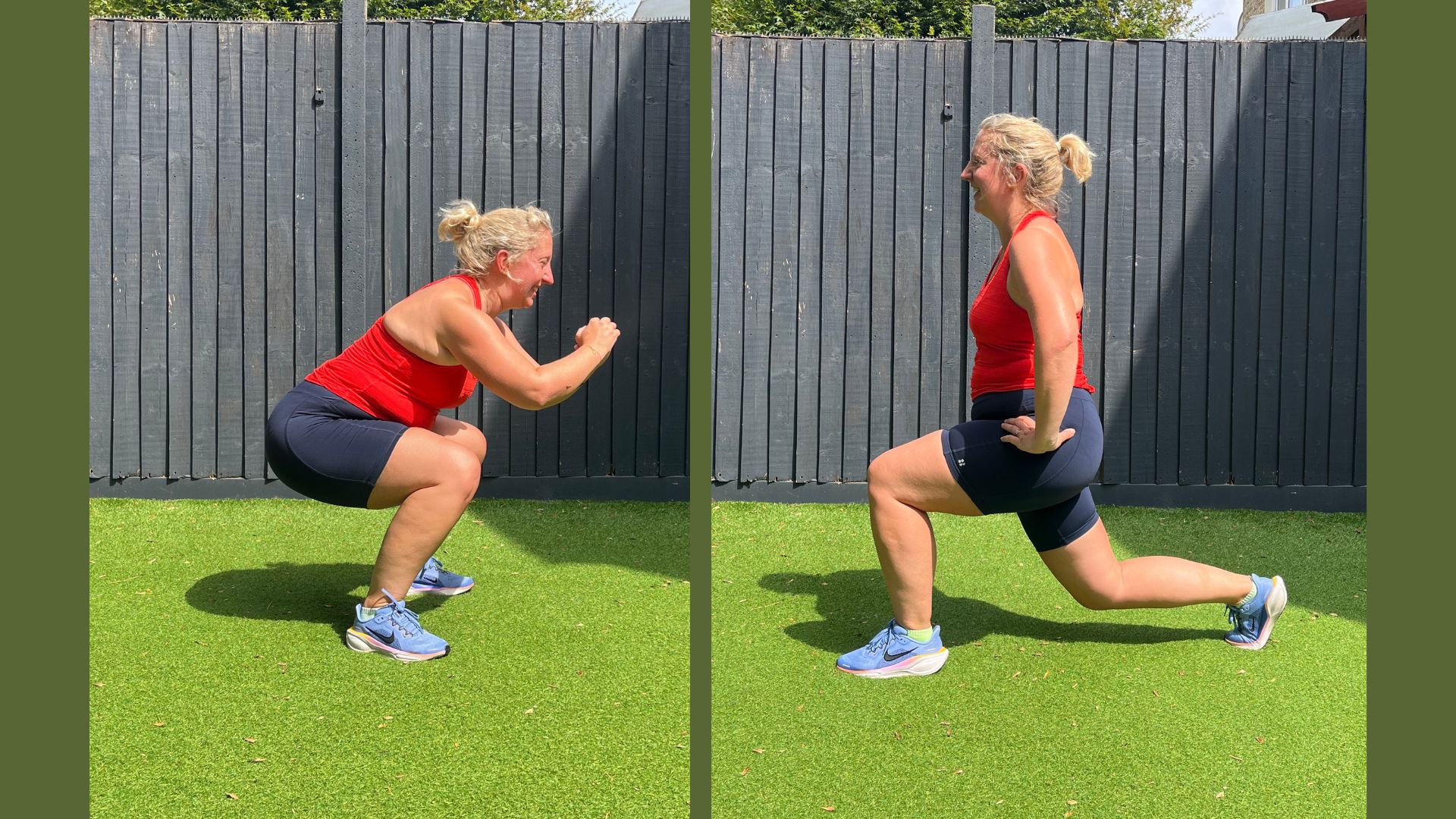
My workout includes lunges, squats, planks, kneeling press ups, and tricep dips.
My workout plan included a plank, kneeling press-ups, forward and side lunges, deep squats, and tricep dips.
From years of doing Pilates with weights, I was familiar with most of these exercises and didn't think much of it. 20 minutes later, as my legs shook beneath me from the effort, I realised that callisthenics is a little more intense than I'd given it credit for.
I also found it forced me to focus on my form and technique more than classic strength training with weights does. I went deeper in my squats and wider in my lunges, getting a better stretch of the muscle on the way down as I didn't have the distraction of my weights.
I noticed tangible progress as well. There was definition where there hadn't been, and I could tell I was getting stronger, which did wonders for my confidence. Previously, I'd avoided doing tricep dips - my hips always sank too low, and I couldn't quite get them right. In just two weeks, with some dedication, I had improved tenfold.
I could comfortably hold a plank for 90 seconds without collapsing, and my quads and glutes felt a lot stronger.
My only gripe is that I felt like I worked my lower body more than my upper body, as I had limits on what I could do. Over a few weeks, I started to miss my upper-body dumbbell workout, so I'd likely add a few of these exercises in if I continued with callisthenics for beginners.
How to start callisthenics for beginners
Want to try it for yourself? You can have a go at my workout above, or Chloe Thomas recommends the following moves to anyone looking to start callisthenics for beginners from scratch:
- Plank or plank on a TRX:
- If you’re a beginner, start with a plank.
- If this is too much, you can use a TRX (cables placed in a doorway or on a tree).
- Hold for 30 seconds if you can, and build it up over time.
- Press-ups or kneeling press-ups:
- Beginners can start with a kneeling press-up.
- If that feels doable, move on to a full one.
- Aim for 10 to 12 repetitions, making sure you keep your elbows tucked in, says Chloe.
- Chin-ups or banded chin-ups:
- A regular chin-up is a great exercise in callisthenics for beginners, and you can do them at home with an extendable bar in your doorframe.
- If you're not there yet, try doing a chin-up with a resistance band hooked around your feet.
- Aim for 8 to 10 repetitions.
- Deep lateral lunges or lunges:
- Lateral lunges (stepping sideways instead of forwards) help boost balance as much as strength.
- If you're starting out, try regular lunges or walking lunges, moving forward and backwards.
- Aim for 10 repetitions on each leg.
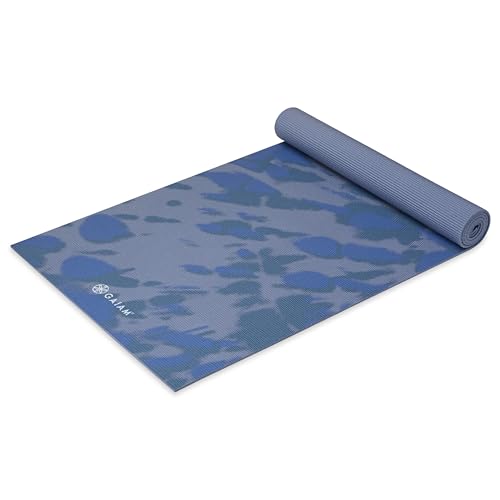
You don't need any equipment to do basic callisthenics, but a yoga mat can help lessen the impact under foot. This one is our best thick yoga mat, tried and tested. At 6mm, it offers more cushioning than most.
Does callisthenics work?
Yes, if you're looking to build strength, balance, and stability, callisthenics for beginners can be a great bodyweight workout, with many studies highlighting that it's just as beneficial as any other strength training program.
"Our muscles work the same for strength in any type of training," explains Thomas. "Whether it's weight training, callisthenics, or Pilates, to get stronger, you need to progressively overload over time."
Progressive overload is when you make an exercise harder by increasing the repetitions and/or resistance when it becomes doable without any challenge.
Interestingly, callisthenics for beginners has been shown to have particular mental benefits. A study in the International Journal of Environmental Research and Public Health looked at older adults and found improvements in decision-making processes, visual attention, and general cognitive functioning after a callisthenics program.
The exercise may improve memory and learning as the extra focus needed increases blood flow to the brain, boosting concentration.
Benefits of callisthenics
- It’s suitable for people of all fitness levels or budgets.
- You can do it in a group or alone.
- It suits people who might have anxiety around going to a gym.
- None or limited equipment needed.
- There are adaptations you can make to suit your level and ability.
- You can see the results easily. For example, you'll know you've got stronger when you can do more repetitions of an exercise.
- As with most types of exercise, it can help improve mood and cognitive function.
- Callisthenics for beginners can help combat the decline of bone and muscle mass that comes with menopause.
Is 20 minutes of callisthenics enough?
Yes, doing 20 minutes of callisthenics at least two or three times a week will produce results, says Thomas. You'll likely find yourself getting stronger, with better balance and stability over the weeks.
It’s not hard to find 20 minutes in your day to do this kind of training and the great thing is that you can do it indoors or outdoors, at home or on holiday. I found I could squeeze some in after school drop off, before starting work, or at lunchtime.

Kat Storr has been a digital journalist for over 15 years after starting her career at Sky News, where she covered everything from world events to royal babies and celebrity deaths. After going freelance eight years ago, she now focuses on women's health and fitness content, writing across a range of UK publications.
From perimenopause to the latest fitness trends, Kat loves researching and writing about it all. She's happy to give any fitness challenge a go and speaks to experts about wellbeing issues affecting people every day.
- Grace WalshHealth Channel Editor
You must confirm your public display name before commenting
Please logout and then login again, you will then be prompted to enter your display name.
